Introduction
In the vast culinary landscape, where dishes from around the globe intertwine to create a tapestry of flavors and textures, there exists a peculiar yet delightful ingredient that has captivated the taste buds of many—pork floss. Often found as a topping on buns, mixed into salads, or simply enjoyed on its own as a snack, pork floss, or “rou song” in Chinese, is a culinary marvel that combines savory, sweet, and umami flavors in a lightweight, airy form. But what, exactly, goes into making this seemingly magical substance? This article aims to unravel the mystery behind pork floss, exploring its origins, production process, variations, and cultural significance.
Origins and Historical Background
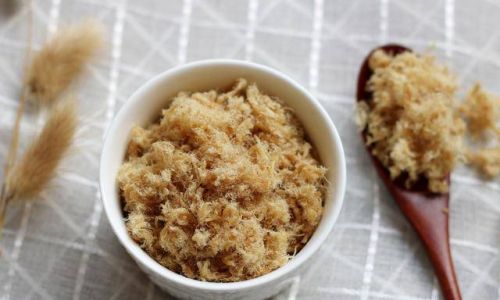
The history of pork floss can be traced back to ancient China, where it was initially created as a preserved meat product. During the Ming Dynasty (1368-1644), meat preservation techniques were crucial, especially in regions with warm climates where fresh meat spoiled quickly. One such technique involved drying and shredding meat, which not only prolonged its shelf life but also made it easier to transport. Over time, this practical preservation method evolved into a culinary art form, with pork floss becoming a beloved ingredient in various dishes.
Initially, pork floss was made primarily from pork shoulder or belly due to their high-fat content, which contributed to its tender, moist texture after drying. However, as culinary techniques advanced and consumer preferences diversified, other types of meat, including chicken, beef, and even fish, began to be used. Despite these variations, pork remains the most popular base for traditional pork floss.
The Production Process
The journey from fresh pork to the light, fluffy strands of pork floss involves several meticulous steps, each critical in achieving the desired texture and flavor. Here’s a detailed breakdown of the production process:
-
Meat Selection and Preparation
The first step in making pork floss is selecting the right type of meat. As mentioned, pork shoulder or belly are traditional choices due to their fat content, which adds moisture and flavor. The meat is then trimmed of excess fat and sinew, cut into small cubes, and marinated with seasonings such as soy sauce, sugar, salt, and five-spice powder. This marination process not only flavors the meat but also tenderizes it, making it easier to shred later. -
Cooking the Meat
After marinating, the meat cubes are cooked, typically by steaming or boiling. Steaming preserves more of the meat’s natural juices, resulting in a moister final product, while boiling can help leach out excess fat, making the pork floss lighter. The cooking process is crucial as it ensures the meat is fully cooked before being shredded, preventing any raw meat from entering the final product. -
Shredding the Meat
Once cooked, the meat is allowed to cool slightly before being shredded. This can be done by hand using forks or specialized tools, or more commonly, by machine. Mechanical shredding is faster and more consistent, producing pork floss with a uniform texture. The shredded meat is then placed in a large pan or wok, ready for the next step. -
Frying and Seasoning
To achieve the signature light, fluffy texture of pork floss, the shredded meat is fried in oil over low heat. This frying process not only dries out the meat but also caramelizes the sugars from the marinade, adding a sweet, slightly smoky flavor. The oil also helps separate the strands, preventing them from clumping together. Care must be taken to avoid overcooking, which can result in a burnt taste.After frying, the pork floss is seasoned again, often with additional soy sauce, sugar, and sometimes MSG (monosodium glutamate) to enhance flavor. Some manufacturers also add natural extracts or essences to boost aroma and taste.
-
Drying and Cooling
The seasoned pork floss is then spread out on trays and allowed to dry completely. This can be done naturally, by leaving the trays in a well-ventilated area, or using fans to accelerate the process. Drying is essential as it removes any remaining moisture, preventing spoilage and ensuring the pork floss has a long shelf life.Once dry, the pork floss is cooled to room temperature. This final step solidifies the texture, making it ready for packaging and distribution.
Variations and Innovations
While traditional pork floss remains a staple in many kitchens, the culinary world is constantly evolving, and pork floss is no exception. Here are some variations and innovations that have emerged over time:
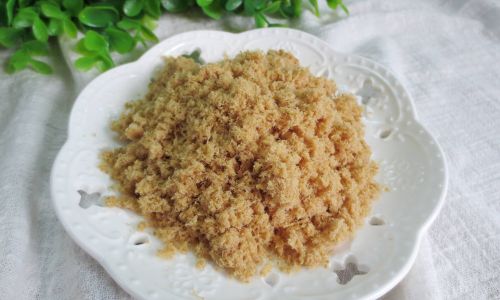
-
Meat Alternatives
As mentioned, pork is not the only base for floss. Chicken, beef, and fish floss have gained popularity, catering to diverse dietary preferences and cultural tastes. Vegetarian and vegan versions, made from soy protein or other plant-based proteins, have also emerged, allowing even more people to enjoy this delightful ingredient. -
Flavor Profiles
Traditional pork floss is typically savory with a hint of sweetness, but manufacturers have experimented with various flavor profiles to appeal to broader tastes. Spicy pork floss, infused with chili peppers or Sichuan peppercorns, offers a fiery kick. Sweet and sour versions, with added vinegar or citrus zest, provide a tangy contrast. There are even fusion flavors, like barbecue or teriyaki, that blend international influences with traditional pork floss. -
Textural Variations
Beyond the standard fluffy texture, pork floss can also be made with different textural elements. Some versions are crunchier, achieved by incorporating rice cereal or nuts. Others are softer, with a creamier mouthfeel, thanks to the addition of dairy products or coconut milk. These textural variations add complexity to dishes, making pork floss even more versatile. -
Health-Conscious Options
In response to consumer demand for healthier options, manufacturers have developed low-fat, low-sugar, and organic pork floss. These versions often use leaner cuts of meat, natural sweeteners like honey or agave syrup, and organic seasonings. While they may lack some of the richness of traditional pork floss, they offer a more guilt-free eating experience.
Cultural Significance and Global Influence
Pork floss holds a special place in many cultures, particularly in East Asia, where it is a staple ingredient in various dishes. In Taiwan, pork floss is a key component of the iconic pork floss bun, a soft, steamed bun filled with sweet and savory pork floss. In Japan, it’s known as “katsuobushi floss” or “katsuobushi furikake,” often used as a topping for rice or noodles. South Korea has its own version, called “dweji geotjeori,” which is often mixed with rice cakes or used as a filling for sandwiches.
Beyond its culinary uses, pork floss also plays a symbolic role in many cultures. It is often associated with nostalgia and childhood, reminding people of their grandmothers’ cooking or street snacks from their youth. During festivals and holidays, pork floss is often featured in traditional dishes, symbolizing abundance and prosperity.
As globalization continues to blur cultural boundaries, pork floss has found its way into international cuisines. Western chefs have embraced this ingredient, incorporating it into dishes like pizza, pasta, and even desserts. Its unique texture and flavor profile make it an exciting addition to fusion cuisine, appealing to adventurous eaters who enjoy exploring new flavors.
Conclusion
Pork floss, with its light, fluffy texture and savory-sweet flavor, is a culinary marvel that has captivated taste buds around the world. From its humble beginnings as a preservation technique to its current status as a beloved ingredient in diverse dishes, pork floss has come a long way. Its production process, involving careful selection of meat, marination, cooking, shredding, frying, seasoning, drying, and cooling, is a testament to the craftsmanship and dedication of those who make it.
Moreover, the variations and innovations in pork floss, from meat alternatives to diverse flavor profiles and textural elements, demonstrate its adaptability and versatility. Its cultural significance, symbolizing nostalgia and prosperity, further cements its place in the hearts and minds of many. As globalization continues to spread its wings, pork floss is poised to become even more popular, delighting palates and bridging cultural gaps one fluffy strand at a time.
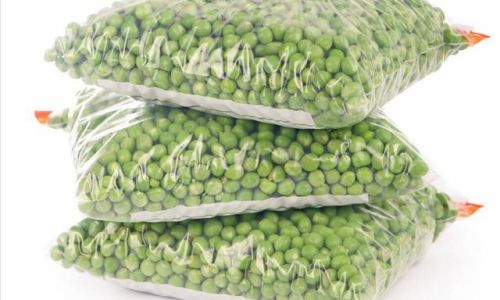
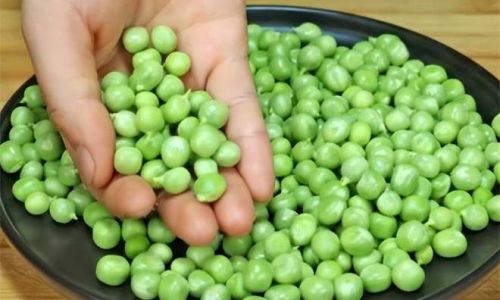
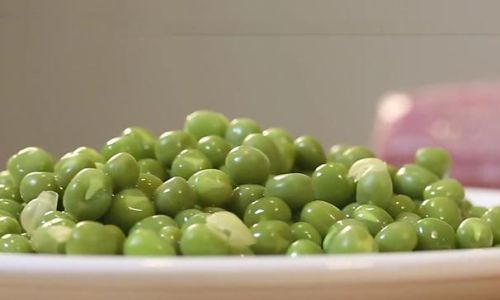
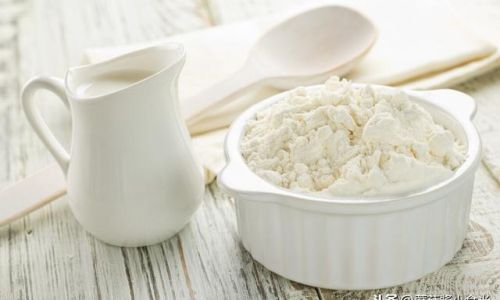
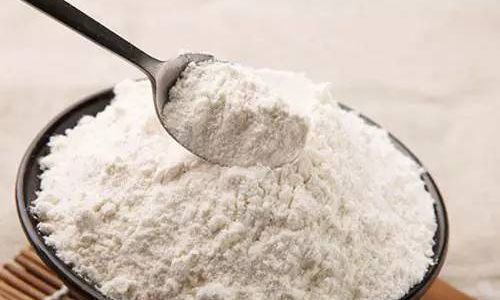
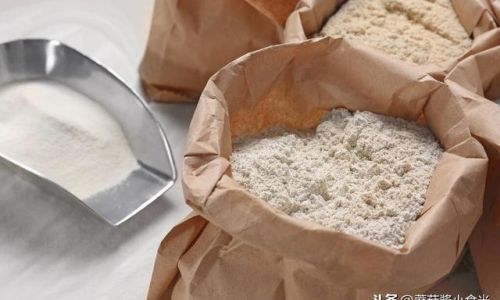
0 comments